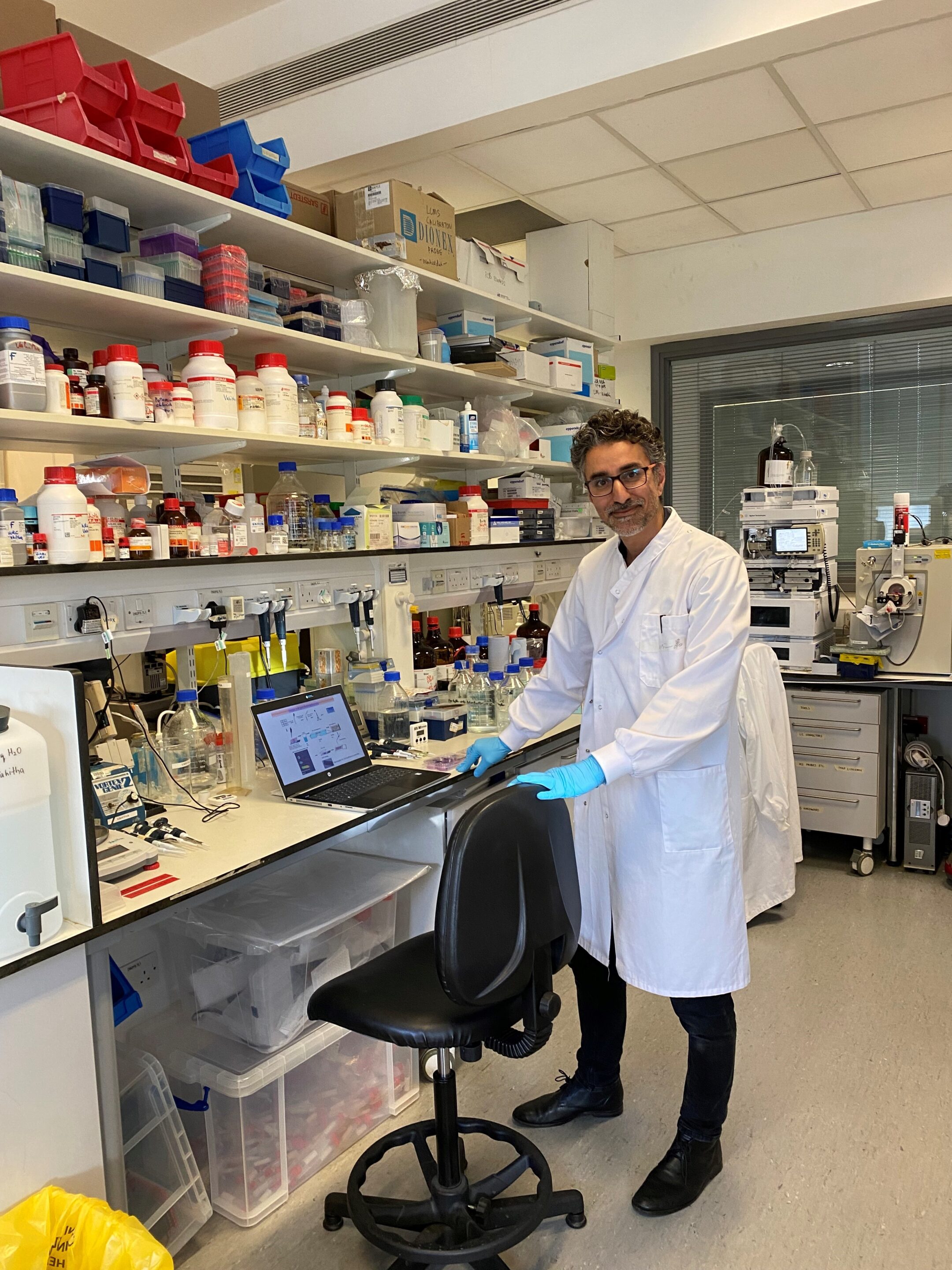A pioneering new research project has been launched for UK scientists to examine the health risks of microplastics to humans.
The impact of microplastics on human health is currently poorly understood due to an extremely limited evidence base. However, scientists have estimated the average person eats 5 grams of microplastics in a week – about the weight of a credit card. It’s believed the average person eats, drinks and breathes between 78,000 and 211,000 microplastic particles every year.
The research – endorsed and part-funded by Innovate UK and the UK government – will be a crucial forerunner to any regulatory powers needed to tackle microplastics’ presence in our food and drinking water.
This is the first major study of its kind that will aim to quantify the risk to human health – and, because it’s an inaugural study, the lead scientist – Dr Nabil Hajji, Technical Director of Toxicology at the Water Research Centre (WRc), a UK research consultancy in water and the environment – says it will establish pioneering guidelines to inform and guide other much-needed global research in this area.

Microplastics are now ubiquitous. Picture by Khanchit Khirisutchalual on iStockPhoto.
Microplastics have been found in tissues and organs including human blood, lung tissue, placentas and colons. Ingested microplastics accumulated in the body can also trigger an immune response, while chronic exposure may cause more health problems. However, to date, no definitive evidence has been reported regarding exposure levels due to a limited number of studies on the exposure doses, so the risk to human health is still unknown.
In a report from August 2022, the World Health Organisation recognised the current evidence base is limited and called for more research.

Dr Nabil Hajji, Technical Director of Toxicology at the Water Research Centre (WRc).
Dr Hajji comments: “The fact that microplastics are present in seafood and our marine environment is well-documented, along with the toxicity concerns associated with this. However, the deeper understanding of the potential risks that this material presents to human health has been lacking. The World Health Organisation (WHO) and the EU Commission have emphasised these knowledge gaps and urged the scientific community to investigate this further. Understanding how the toxicity of microplastics impacts on our health is the first step to putting regulatory measures in place to protect people from any risks we identify.”
Any plastic that isn’t recycled and remains in the environment will eventually be broken down into smaller and smaller pieces, as natural forces such as wind, water currents and UV radiation break it down into what’s called microplastics.
Dr Hajji continues: “Plastic pollution is expected to more than double by 2030 with some 40% of plastic recognised as a single use material remaining persistent in the environment. In addition, as it is degraded over time, it creates microplastics (less than 5mm) and nanoplastics (less than 0.1mm) – this is the substance being ingested by animals and people.”
WRc (part of the RSK Group, the UKs largest environmental business) is working with Queen Mary University in London on the research project.
The research will involve collecting more than a thousand water samples from various parts of the UK – including drinking water sources – then employing state-of-the-art laser and infra-red technology to detect the presence of microplastic particles in those samples.
The research team will then undertake a two-stage process to determine their impact on human health – firstly through computer modeling (in silico tests) to establish relationships between chemical structures and toxicity, providing predictive insights; and also in vitro human tissue testing, which will involve replicating human tissue models to assess how microplastics and associated chemicals interact with biological systems.
Subscribe
Sign-up to receive our newsletter





